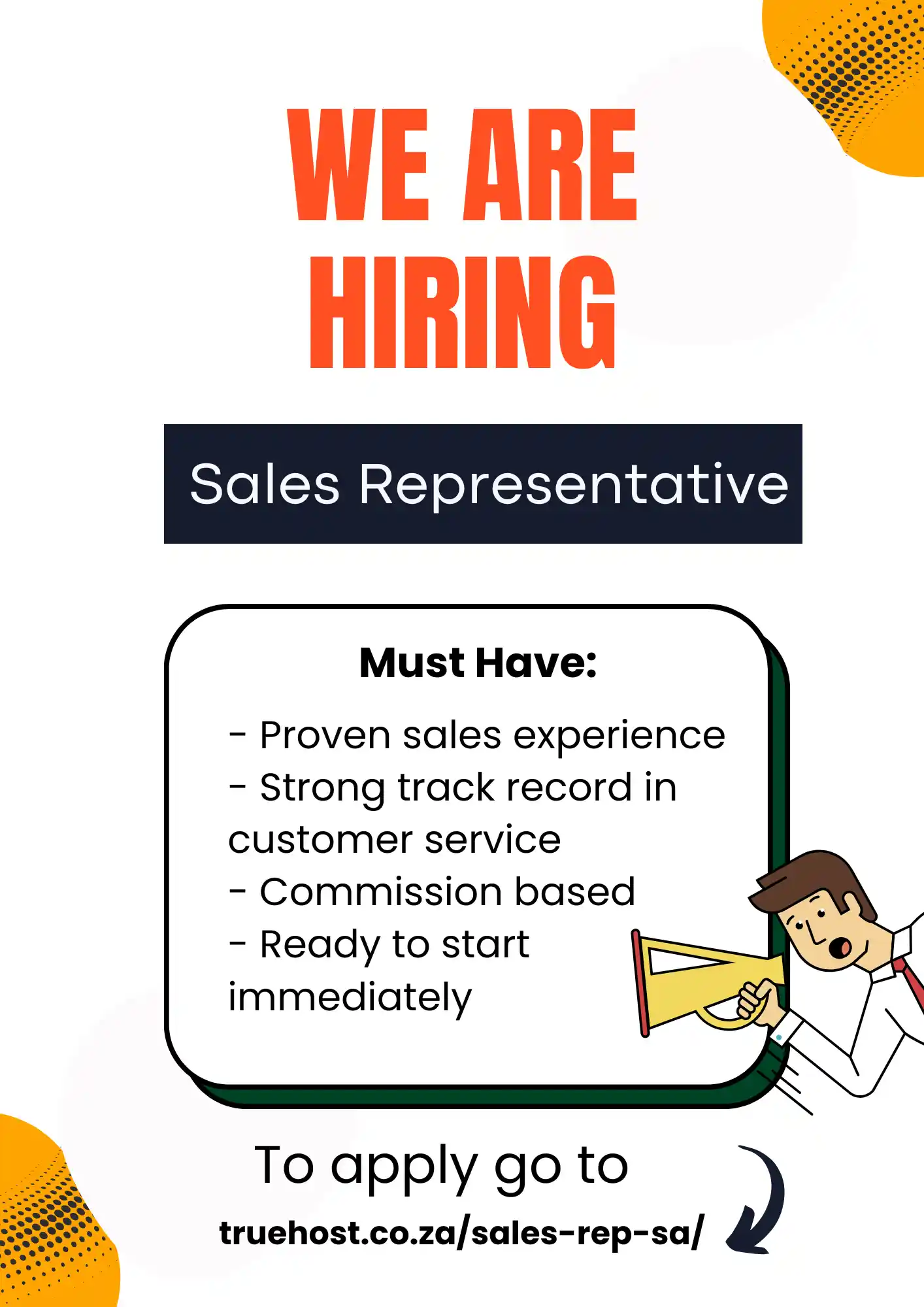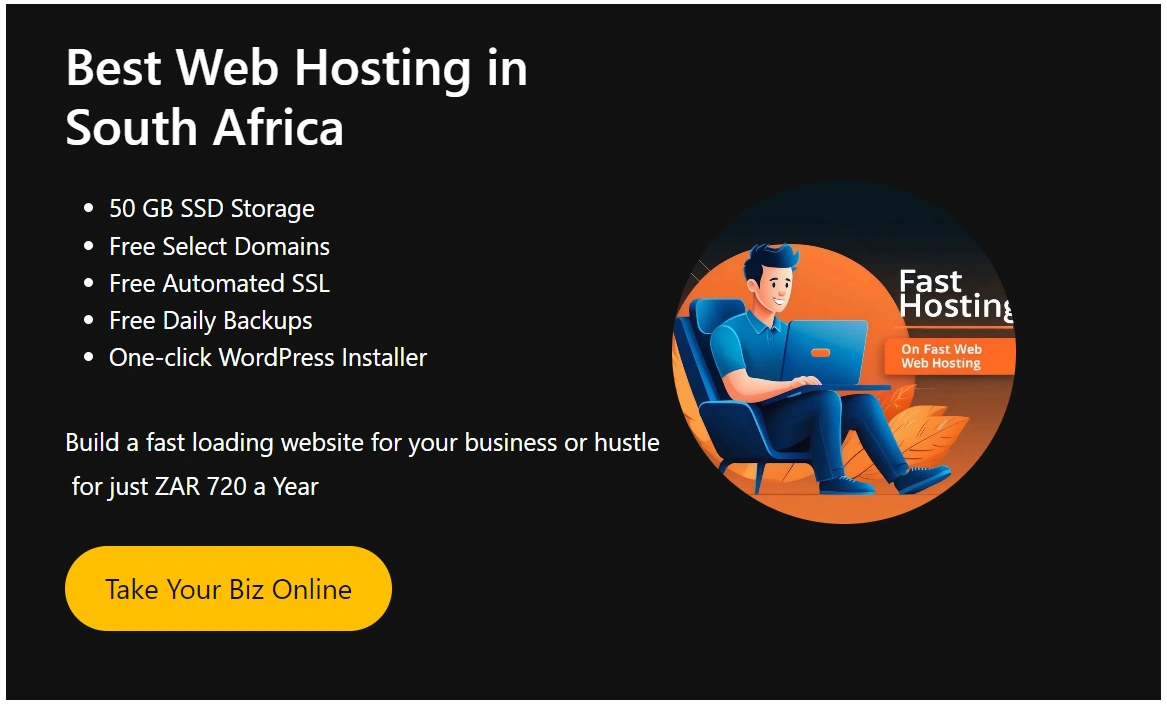Dropshipping is a retail fulfillment method that allows you to sell products without keeping inventory.
As a dropshipping seller in South Africa, you don’t purchase a product unless you already made the sale.
Here’s how it works:
- You create an online store and list dropshipping products
- A customer places an order and pays you
- You purchase the item from a dropshipping supplier
- The supplier ships the product directly to your customer
This supply chain removes the need for you to store inventory. You simply work with dropshipping suppliers to ship products to customers.
Benefits of dropshipping in South Africa include:
- Low startup costs – You can launch an ecommerce store without a lot of money upfront since you don’t pay for inventory. Dropshipping also has lower overhead than traditional retailers.
- Easy scalability – You can add new products to your store instantly. As long as your suppliers have inventory, you don’t need to worry about stocking extra products.
- Flexibility – A dropshipping business can be run part-time from home. This allows you to keep your current job while testing out becoming an entrepreneur.
Dropshipping does come with some drawbacks and risks as well that you need to consider.
But overall, it provides an attractive opportunity to start an online business with minimal financial investment.
Table of Contents
Find Dropshipping Suppliers and Products in South Africa
Finding the right suppliers and profitable products to sell is one of the most important parts of starting a successful dropshipping business. You need reliable suppliers that can ship quality products directly to your customers.
Types of dropshipping suppliers in South Africa:
There are a few main types of dropshipping suppliers to consider:
- Wholesalers – These are bulk product suppliers that work directly with manufacturers. Wholesalers typically provide lower pricing but may have minimum order quantities.
- Distributors – Distributors purchase inventory from wholesalers and brands. They often carry a wide variety of products.
- Manufacturers – Some manufacturers offer dropshipping services for their own products. This removes middlemen costs.
- Private label – Private label dropshippers produce custom products that you brand as your own. This allows product uniqueness.
Places to find suppliers in South Africa:
Great places to search for suppliers include:
- SaleHoo – Marketplace of verified, pre-vetted suppliers. Provides supplier reviews.
- Doba – Sources products for you; focuses on US-based suppliers
- AliExpress – Connects you to Chinese manufacturers offering wholesale pricing
- Alibaba – Largest B2B platform to find Chinese factories and communicate directly about custom orders
There are several dropshipping suppliers in South Africa, including CJDropshipping, AliDropship, BrandsGateway, Men’s Republic Distributors, The Scents, ParcelNinja, Neat Freak, Dropstore, Gadgetgyz, Mantality, Third Wave Distribution, Calasca, Planet54, and ZA Dropshipping.
CJDropshipping and AliDropship are recommended by dropship.io as the best dropship suppliers in South Africa.
Dropstore is also a good option as it has the largest dropshipping catalog in South Africa and uses eCommerce plugin Dropstore auto integrates with platforms such as Shopify and WooCommerce.
The best way to find a supplier for dropshipping in South Africa is to start with the list provided by dropship.io and other sources, attend conferences, and reach out to local dropshipping suppliers directly.
Choosing quality products
When evaluating potential dropshipping products, look for:
- High profit margins – Look for 50%+ margins between supplier costs and your selling price
- Low competition – Unique products are easier to rank for than saturated items
- Lightweight -reduces your overall shipping expenses
Some examples of popular dropshipping niche products:
| Product | Supplier Cost | Sale Price |
|---|---|---|
| Phone cases | $5 | $15 |
| Fitness trackers | $15 | $40 |
| Essential oil diffusers | $14 | $35 |
Vetting suppliers
Make sure to vet any new supplier thoroughly including:
- Review all terms and minimum order quantities
- Validate positive reviews from current dropshipping clients
- Test order 1-2 sample products for quality checks
- Ensure fast fulfillment and shipping times to your country
Taking these steps will give you peace of mind that your suppliers can reliably deliver for your ecommerce store’s orders.
Following this process will help you find high-quality products and trusted suppliers – the foundation of a profitable dropshipping operation.
Set Up Your Online Dropshipping Store in South Africa
Setting up an attractive, professional online dropshipping storefront is key to convincing customers to purchase your products.
Your e-commerce platform and design will shape their shopping experience.
Choose an e-commerce platform
There are many platforms to build your dropshipping store. The most popular options are:
- Shopify – The leading platform designed for dropshipping stores. Easy to set up and use.
- WooCommerce – Build a store on WordPress using WooCommerce plugins. Very customizable.
- BigCommerce – Scalable SaaS platform with built-in integrations. Ideal for growing brands.
Evaluate options based on subscription fees, transaction rates, and ease of use. Many platforms offer free trial periods.
Key elements to set up
Your online store needs several core elements configured including:
- Domain name & hosting – Choose a short, memorable domain name and reliable hosting.
- Payment processor – Enable secure credit card and PayPal payments.
- Shipping & taxes – Set up shipping rates, carriers, and sales tax rules.
- Product pages – Create compelling listings showcasing each product. Include great photos, descriptions and testimonials when possible.
Improve site design
Invest in a quality theme and customized design. Consider:
- Modern, uncluttered layouts
- Intuitive navigation menus
- High quality product photos
- Brand cohesion across site pages
An aesthetically pleasing store builds credibility and leads customers seamlessly through the buyer’s journey.
Setting up your ecommerce site properly from the start will streamline order and inventory management later on.
Let me know if you need any clarification or have additional questions!
Market Your Dropshipping Business in South Africa
Once your dropshipping store is set up, you need to drive targeted traffic to your site through marketing. Creating consistent awareness and sales growth requires an effective customer acquisition strategy.
Paid online ads
Paid ads allow precise audience targeting and help scale quickly:
- Facebook ads – Display product images and testimonials in the Facebook newsfeed
- Google Shopping – Show your products in Google searches
- Google Search – Pay for priority placement when people search relevant keywords
Content marketing
Publishing educational blog content and videos helps:
- Educate people about products they’re interesting in researching
- Establish authority as a subject matter expert
- Convert organic traffic into sales
Great topics include product reviews, usage tips, trend analyses, and startup stories.
Email marketing
Collect emails to nurture leads and remarket to customers. Offer an incentive like a coupon or eBook in exchange for subscribing. Send:
- Promotional newsletters and product updates
- Abandoned cart reminders
- Customer win-back messages
Manage Orders and Inventory
Order and inventory management processes need automation since you don’t store any actual product inventory.
Order management
Accept payments instantly and track order statuses:
- New order placed
- Order confirmed with supplier
- Shipped from supplier
- Delivered to customer
Send email notifications at each step.
Inventory management
Sync your product listings with supplier inventories:
- Update quantities for out-of-stock items
- Get notifications when items need reordering
This avoids overselling products you cannot fulfill.
Returns handling
Despite not holding inventory, you remain responsible for handling returns:
- Provide pre-paid return shipping labels
- Refund the order per your returns policy
- Coordinate sending the return back to the supplier
Having clear return policies and efficient processes maintains positive customer experiences.
Read also: How Much Money Can You Make As A Dropshipper in South Africa?
Dropshipping Challenges in South Africa
While dropshipping provides a lot of advantages, it also comes with unique challenges – especially in the South African market. Common issues faced include:
Long shipping delays
Many overseas suppliers take 3-4+ weeks for standard shipping. This leads to abandoned orders. Options to improve delivery times:
- Source local South African suppliers whenever possible
- Clearly communicate shipping estimates upfront
- Offer express shipping upgrades
Low supplier reliability
International suppliers sometimes provide inconsistent service. You may encounter:
- Unexpected inventory shortages
- Shipping tracking issues
- Poor quality control checks
Carefully vett each supplier before selling their products.
Complex customs procedures
Customers get frustrated by customs paperwork and import duties. Tips to streamline:
- Pre-register as an importer
- Integrate customs paperwork into orders
- Offer DDP shipping where the seller handles duties
Payment method limitations
Many South Africans don’t have credit cards so payment options are restricted. Consider accepting:
- Major mobile payments like M-Pesa
- Cash on delivery
- Bank transfers
Tips for Dropshipping Success in South Africa
Achieving sustainable success requires factoring in these South Africa ecommerce considerations:
- Source within South Africa whenever possible
- Appeal to mobile shoppers
- Plan cost-effective shipping solutions
- Provide great customer support
- Automate order processing
- Watch market trends and regulations
If you adapt your dropshipping model to reflect local buying preferences and challenges, you gain an advantage competing with international giants. Leverage your insights into the South African market.
Let me know if you have any other questions!


